Événements, Annonces, Publications

CHIPP prize 2024: When physics comes to life
Congratulations to Gabriela Rodrigues Araujo, this year’s winner of the CHIPP prize for the best thesis in particle physics! Gabriela is a neutrino explorer – exploring those events whose particular feature is a lack of neutrinos. She knows almost everything there is to know about the shy little beasts that cross our paths in abundance without us noticing and she’s set to find out even more. Currently a postdoc at the University of Zurich, she leads the R&D efforts in imaging techniques for PALEOCCENE, a collaboration she helped initiate and advance.
Image : Gabriela Araujo
Dark matter under Black Hills
Thanks to new arrival Björn Penning, the University of Zurich is now a member of another epic dark matter experiment.
Image : Google photo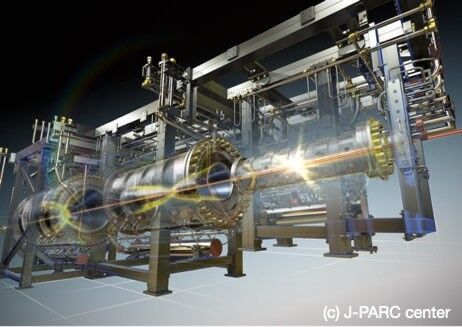
Neutrino experiment comes back to life
Good news from the “T2K” neutrino experiment project in Japan: it has started taking data again at the end of last year after an extensive upgrade of its neutrino beam and the near detector. The near detector is very firmly in the hands of Swiss institutes – University of Geneva and ETH Zurich. Federico Sánchez from the University of Geneva gives an update of what has happened and what we can expect.
Image : J-PARC/Rey.Hori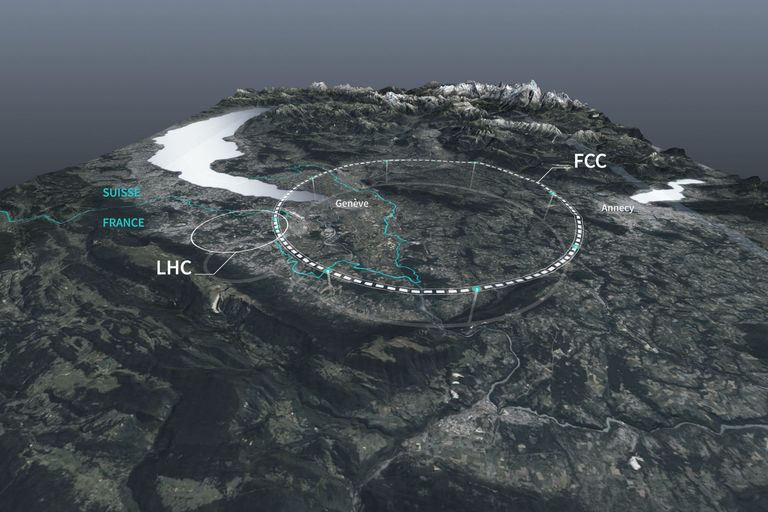
The planners of the future are ready to go
The international particle physics hub CERN in Geneva has big plans for the future. Literally. While its current flagship, the Large Hadron Collider (LHC), is scheduled to continue data taking until the 2040s, the international community of particle physics is already busy conceiving potential follow-up projects to complement the discoveries made at the LHC.
Image : FCC/CERN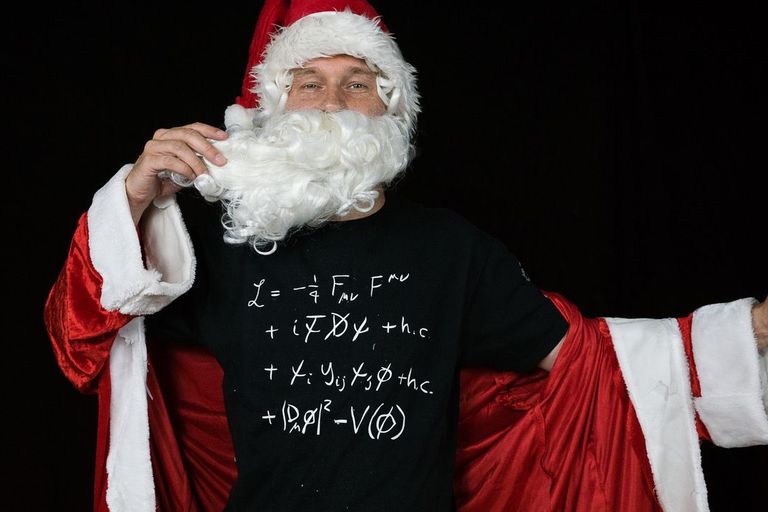
‘Tis the season to do experiments
Please add to the shopping list: a few pieces of chalk, a cobblestone, twelve cotton buds, 50 grams of pepper powder, a tube of effervescent tablets, adhesive tape...
Image : Physics in Advent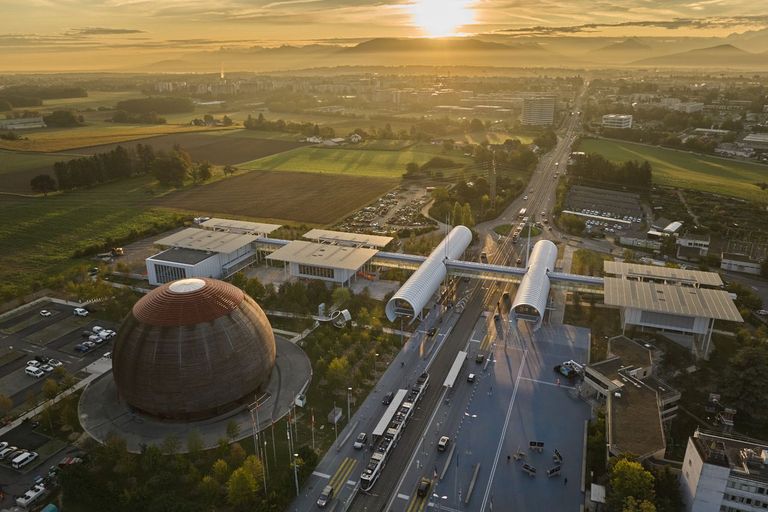
Science Gateway: opening the door to CERN and its research
New visitor centre is accessible, carbon neutral and packed with science
Image : CERN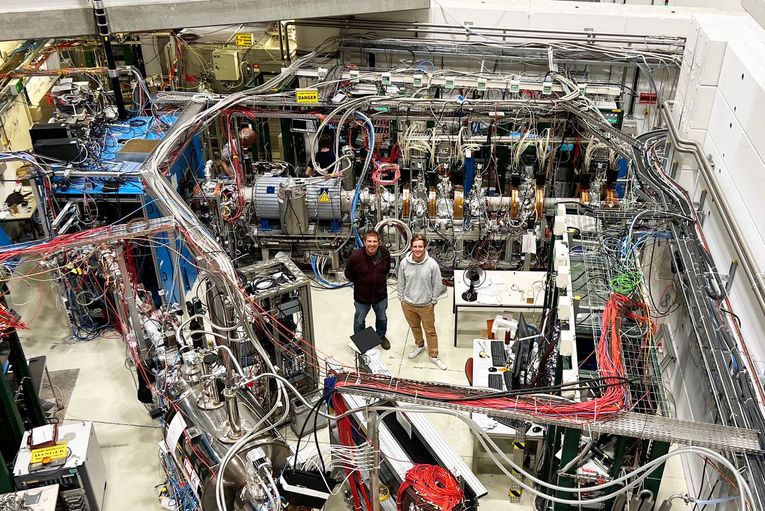
Antihydrogen: check! GBAR completes key step in antimatter research
Positrons: in their cloud. Antiprotons: generated. Deceleration: achieved. Mixing: check! The antimatter experiment GBAR has just published a paper in which it reports on their first detected antihydrogen atoms. This is a key step towards the ultimate goal of antimatter research: finding a reason for the asymmetry between matter and antimatter.
Image : Sarah Geffroy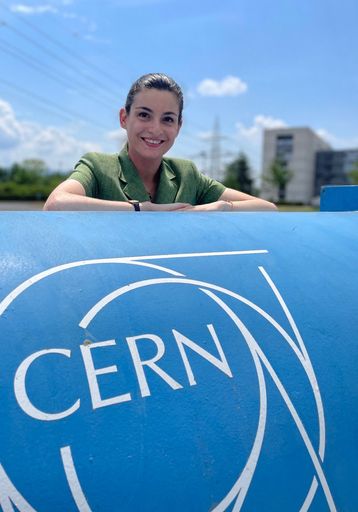
CHIPP Prize 2023: On a course to discovery
This year’s CHIPP prizewinner Anne-Mazarine Lyon hunts for signs of new physics in the form of supersymmetric particles and heavy neutrinos.
Image : Anne-Mazarine Lyon
New flavour for Basel
Today we would like you to meet one of the University of Basel’s latest additions in the sciences: tenure-track Assistant Professor Admir Greljo. He joined the university’s physics department in spring and has brought lots of plans and ideas in his luggage. Find out how a childhood in a war influenced his career and how he hopes to solve the mystery of the different flavours in particle physics …
Image : Admir Greljo
